While myths circulate about the place being one of Alfred the Great's palaces, the truth is that it was a manor owned by the Rogers Family and offered by the wife of Sir William Essex to her would-be husband as early as 1487 when they were aged just 13 and 10 respectively. Between 1489 and 1640 it was known as Rogers Manor, and then was renamed Place House, eventually morphing into Lambourn Place. In 1610 the great great grandson of Sir William Essex, also confusingly named Sir William, sold the Manor and Estate to Richard Organ and his family in the early years of the 17th century. Richard Organ died in 1638, so Lambourn Place was inherited by his son John Organ and he made it over to Elizabeth Organ
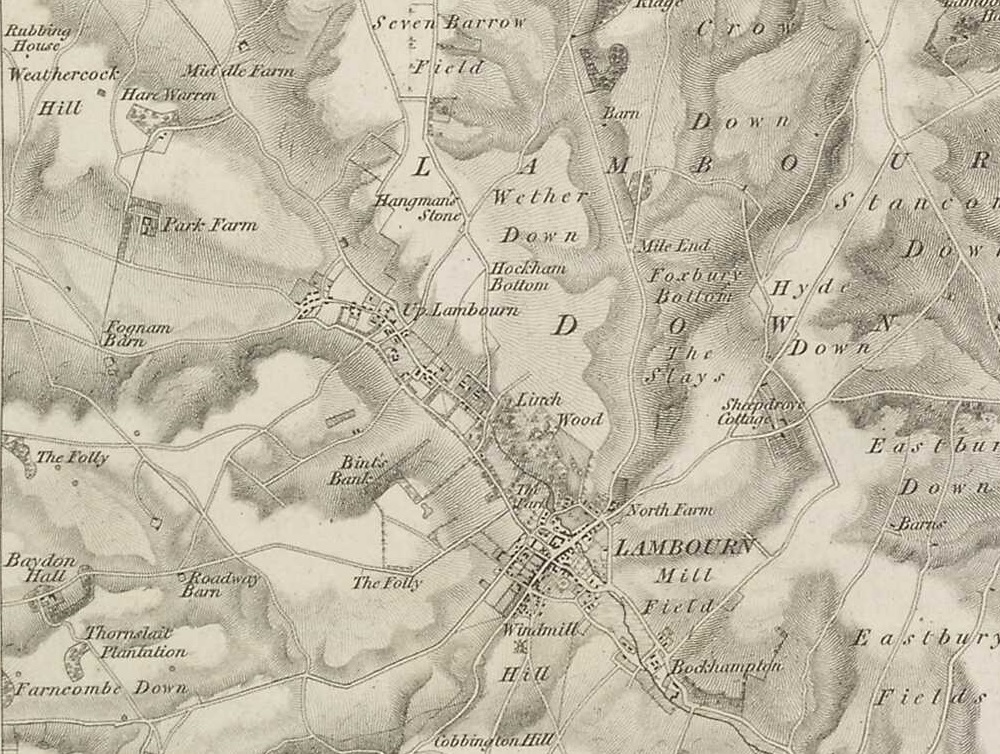
. It became part of an inheritance for the Hippisley family, better known as the Lords of the Manor of Stone Easton, when Richard Hippisley married Elizabeth Organ and they made The Place their family home. At some stage between the original Sir William’s ownership and the Hippisley's inheriting it, the old Tudor House was demolished and the magnificent Lambourn Place stately house was built. Many generations of the Hippisley family were buried in Lambourn churchyard; eventually Henry Hippisley, born in 1776, inherited it and he and his wife Anne Rollinson, who he married on 21st December 1803, used Lambourn Place as their family home. Stables were added in 1843, but by 1886 the son of Henry Hippisley sold Lambourn Place to his brother-in-law Charles Grove Edwards who chose not to live in the mansion, but to rent it out. One of the first people of note to rent it was James Rone Humphrey, who used it as a third yard from 1889 until his death in 1896.
James Rowan (Rone) Humphreys, born in Cheltenham on 4th June 1846, suffered a serious accident as a child which left him with lameness for the rest of his life. His first employment was at a Horse Repository in Cheltenham owned by his cousin Henry Humphreys, but in 1873, aged 28, he launched his training career in Lambourn and a year later, in October 1874 he relocated to Stork House as private trainer for Major Stapylton, although he was able to extend his range of owners, with Mr Down a particularly successful owner. Jarvis took over at his former Lambourn stables. By 1889, such was the size of his string that he occupied Stork House and rented Lambourn Place as a second yard, having moved from Windsor Cottage in 1888..
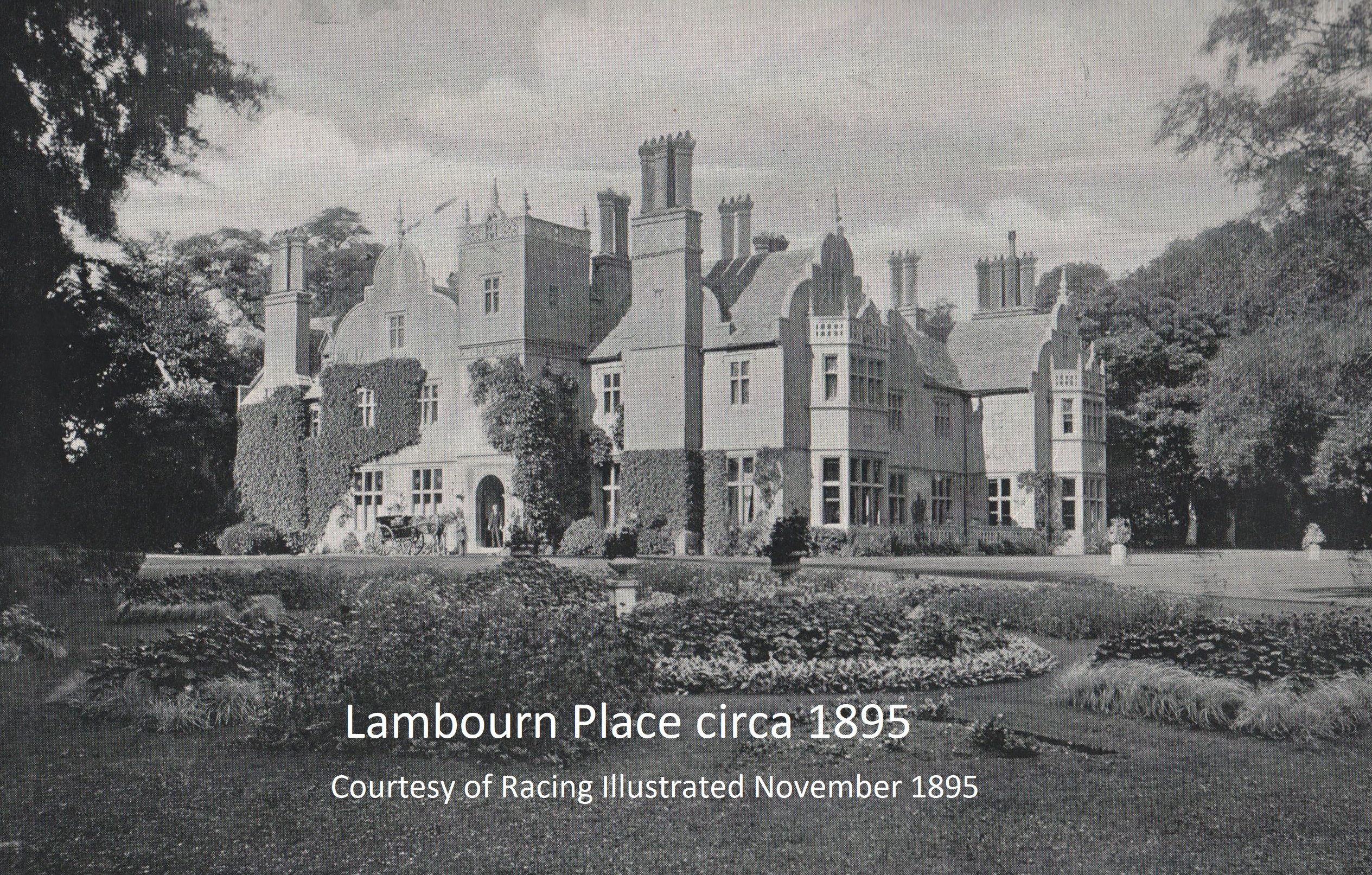
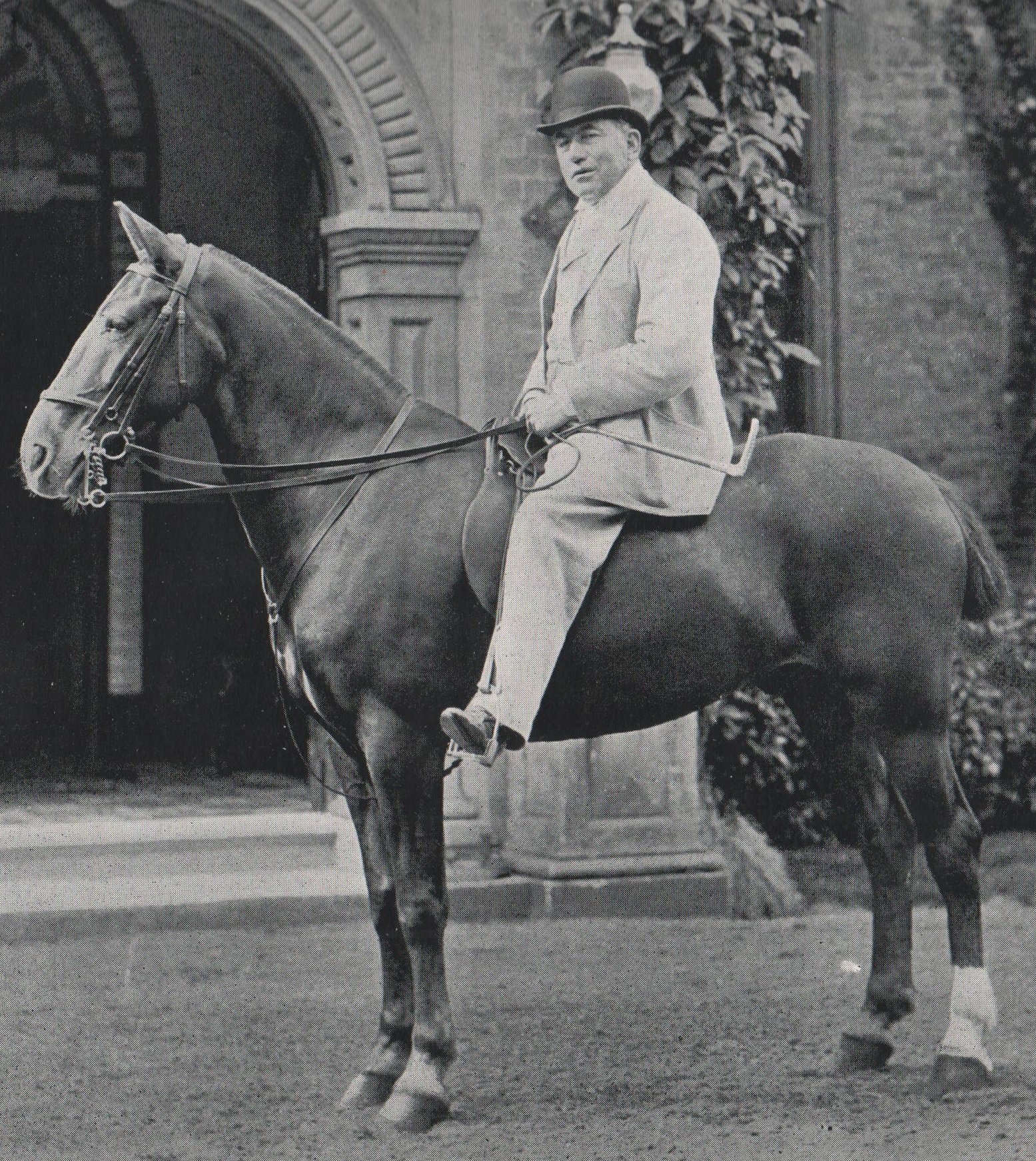
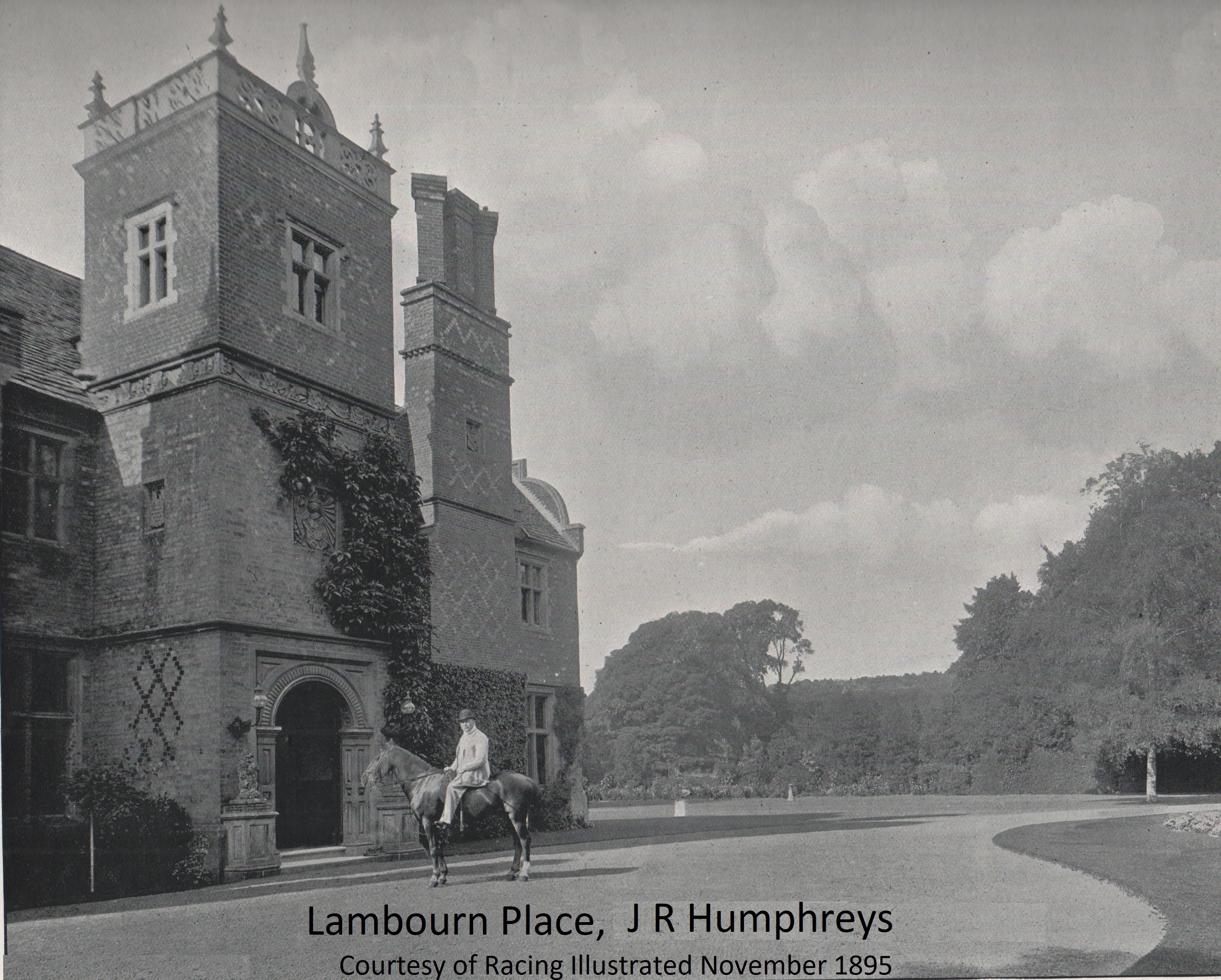
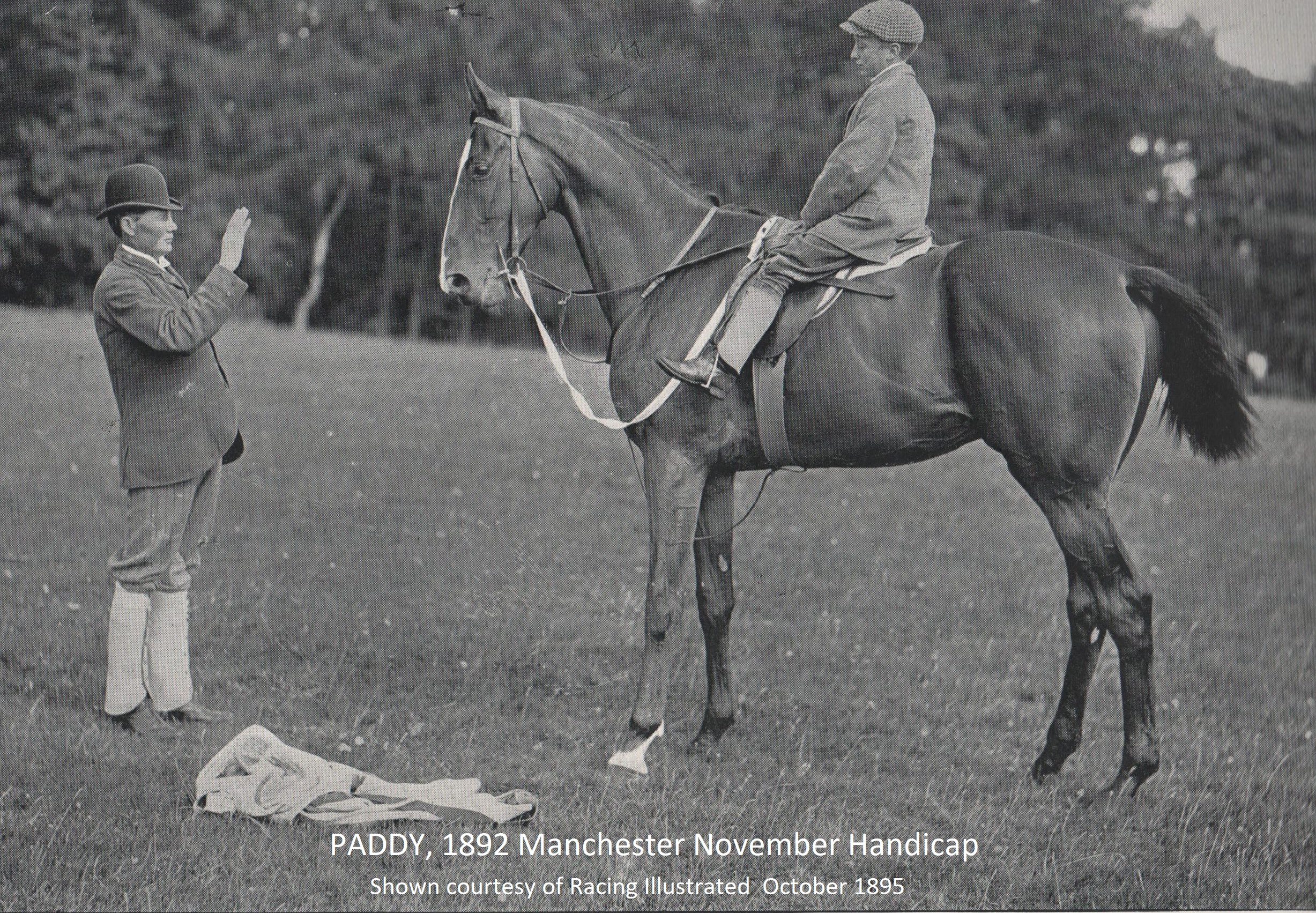
1889 Doncaster Cup CLAYMORE (11/10 fav) owned by 3rd Earl Howe, trained by James Humphreys and ridden by Fred Webb
1892 Manchester November Handicap £1375 at Manchester PADDY (100/7) owned by Sir John Thursby, trained by James Humphreys and ridden by George Gough
1893 Wakefield Lawn Stakes at Northampton FLORENTIA (3/1) owned and trained by James Humphreys and ridden by Joe Calder
1893 Pytchley Handicap at Northampton CONVENT (6/4 fav) owned by Mr Hermon-Hodges, trained by James Humphreys and ridden by Fred Allsopp
1897-1904 James Rhodes
James Rhodes, born at Pocklington, East Riding of Yorkshire in 1871, was the son of a butcher and nephew of jockeys Luke and Jim Snowden, becoming an apprentice to Paddy Drislane in Middleham at the age of 13. He rode a limited number of winners until weight became a problem, thereafter joining Garrett Moore during his time at Seven Barrows from 1891. He then launched his own training career, initially from Newbury Street in Lambourn, and then Lambourn Place between 1897 and 1904, before moving to the larger stables at Cozey Lodge in 1905, although his string was still small, just 3 horses in 1906 and an additional 3 the following year. Around 1907 he transferred to Rhonehurst Stables where he trained a small string of National Hunt horses both publicly, then privately for W T de Pledge, for a considerable time in Lambourn. The years just after the First World War had ended were his most successful years, winning the 1918 and 1919 Manchester Cup and the 1919 Ascot Gold Cup with By Jingo owned by W T de Pledge. W T de Pledge had purchased Rhonehurst in 1919, and by 1922 all of Rhodes' string of 16 horses were owned by him, while his son Frank became apprentice to him in 1923, riding his first jumps winner in February of that year. The year 1925 proved to be another successful one for Rhodes, landing his second Ascot Gold Cup with Santorb, the previous years Doncaster Cup and Newmarket St Leger winner, and the Newbury Summer Cup with the same horse. James was still at Rhonehurst in early 1932, but by 1933 he had accepted the job of assistant to Captain Gooch. He lived out his long retirement in Spain, dying aged 94 on 16th February 1966.
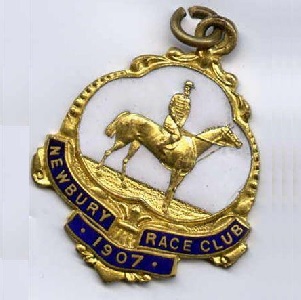
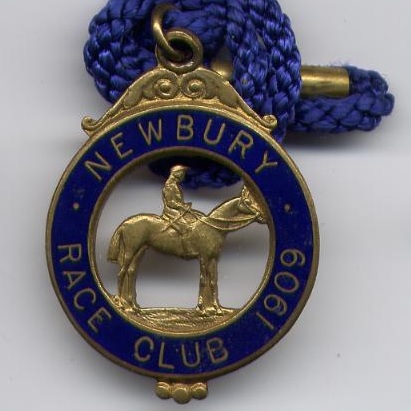
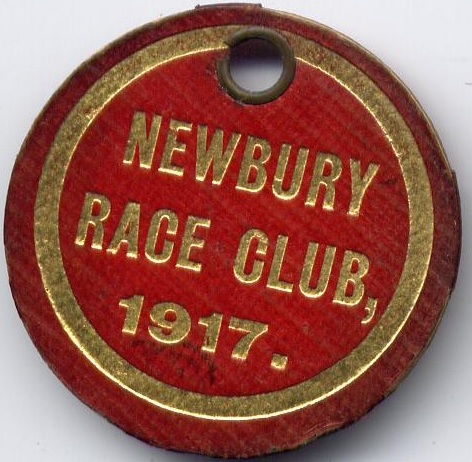
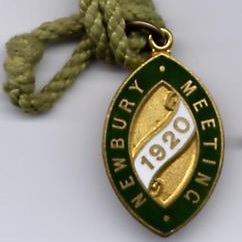
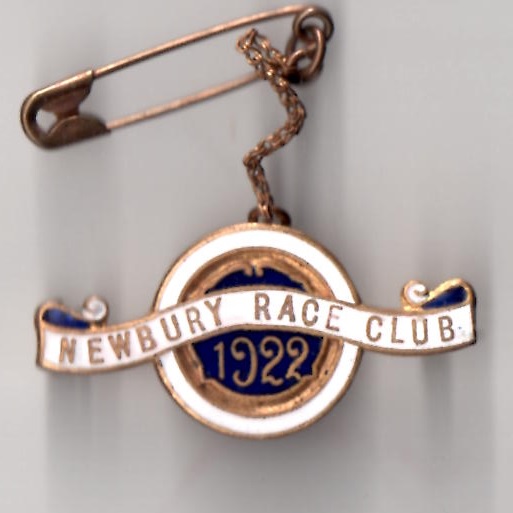
1907, September 1910-1912 Francis V Priestley
Francis Vickerman Priestley, born in Huddersfield in 1872, was based in Lambourn between 1907 and 1912 when he held a Flat training licence. Initially, in 1907 he was based at Lambourn Place training as a tenant trainer, but also owning horses in his own right. In 1909 he exchanged places with Albert Gilbert, moving down the road to Kingston Warren, but within a year he had returned to Lambourn Place where he remained until 1912. He filled the 12 boxes in 1912, recording 11 winners, but at the end of the season he moved to Chitterne. During the Great War he served in Mesopotania, reaching the rank of Lieutenant, but did not pursue his training career after the War.
1909-August 1910 Albert John Gilbert
Albert John Gilbert, born in 1856, was part of a family steeped in racing history. His father was an apprentice to the legendary John Day, while his uncle William trained Cremorne (SR 2065) to land the 1872 Epsom Derby. Albert Gilbert joined his uncle as an apprentice at a time when William's son, also William, was there to guide Albert. William Gilbert junior eventually trained an Oaks winner, Lonely (SR 1966) in 1885. Albert was appointed Stud Manager to Hume Webster at his Marden Park Stud before joining the training ranks as private trainer for Sir Maurice Fitzgerald. He trained in Newmarket at Green Lodge for John Musker between 1902 and 1904, and then in 1905 at Hackness Villa, Newmarket for Fitzgerald, but in 1910 he transferred to Lambourn Place, continuing to train for the Fitzgerald family. Within a year he had departed Lambourn Place, replaced by Francis Priestley, and moved to Kingston Warren in September 1910, remaining there until the end of the 1912 season.
1947 D J Gallagher
The Gallagher family are steeped in racing history, Dean Gallagher being a successful National Hunt jockey, his father Thomas was a trainer, and D J Gallagher trained in Berkshire straight after the Second World War. It is believed that D J Gallagher started his training career at Lambourn Place stables in 1947, although by then the house had been demolished and the stables had not been occupied for some time. In that year Desert Rose was contesting Novices Hurdle races at Taunton and Wincanton without success when associated with D J Gallagher. Towards the end of the 1947 season Gallagher moved to Middle Bockhampton Farm, Lambourn, while in 1953 he moved to Backhampton Manor Stables.



